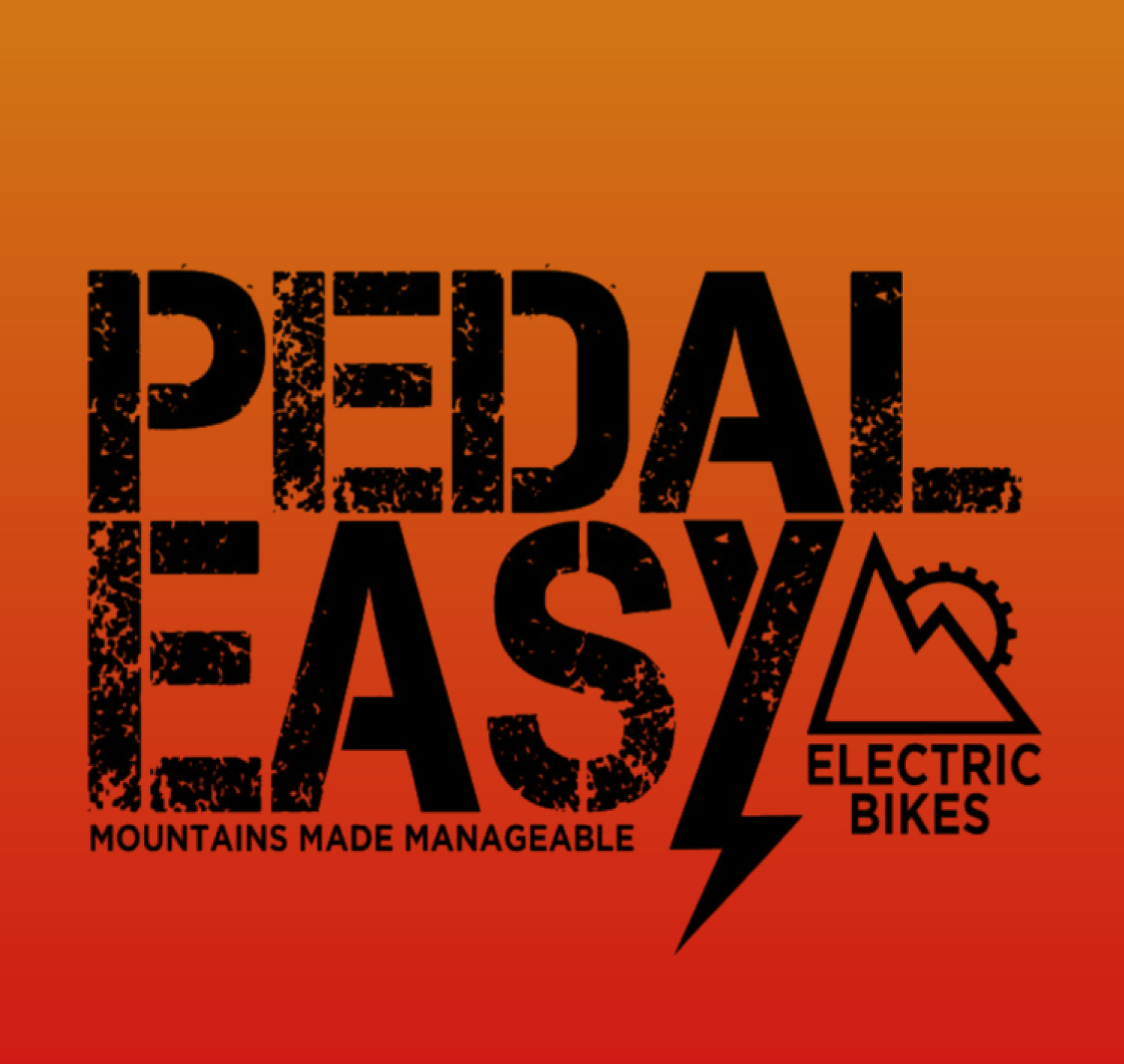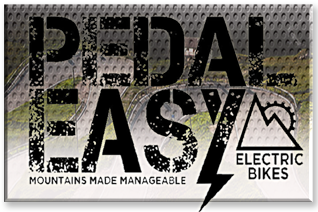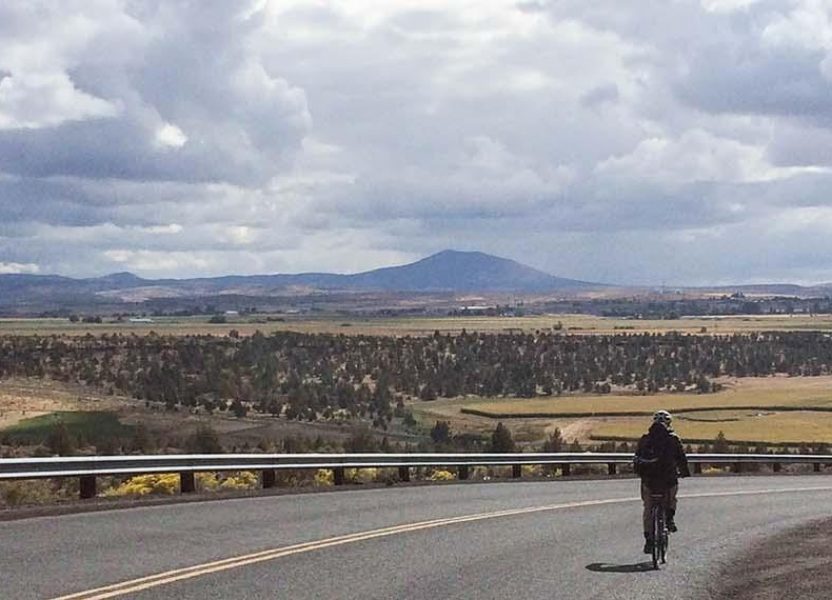Does the battery charge on downhills?
No, too many drawbacks. Regeneration (recharging from pedaling or when going downhill) is not of much benefit to e-bikes, as it is with, say, hybrid cars. With our e-bikes you draw a net amount of energy from the battery pack to assist you riding. You then replenish this energy from household power, rather than by working extra hard later in the trip. The cost of the electricity to charge an e-bike battery is trivial (5 to 10 cents for a full charge), and the price per kilometre is next to negligible given the drawbacks. A major design feature of our bikes is keeping them light and sporty. Regeneration works against that.
The rest of this discussion is for readers interested in a more technical discussion. The major drawbacks of regenerative (direct drive) motors are (1) reduced efficiency during normal operation and (2) drag during coasting due to electromagnetic “cogging” losses (these loses are there all the time, even when not regenerating). For Pedal Easy design objectives (lightweight, high-performance bicycles), geared-drive motors (as opposed to direct-drive) are the clear motor of choice. An inherent part of geared motors is a freewheel that completely disengages the motor from the hub when power is not required (i.e., when coasting) … so, they inherently cannot be made to regenerate.
Some e-bikes, those with direct-drive motors, can regenerate, and do recover energy that would normally be lost during braking, particularly on long downhill runs. There are considerable losses of energy in this process though, so the net amount of energy recovered is not great…it is, of course, nowhere near being a perpetual motion machine!! In practice, regeneration extends the range by less than 10 percent… not worth the trade-offs of weight and drag. Another fundamental drawback of direct drive motors is that rotor-to-stator speed is limited by wheel speed, and this is too low for high motor efficiency (geared motors spin at a much higher rate than wheel speed). So, in general, direct-drive motors use more battery energy per kilometer than do geared motors.


